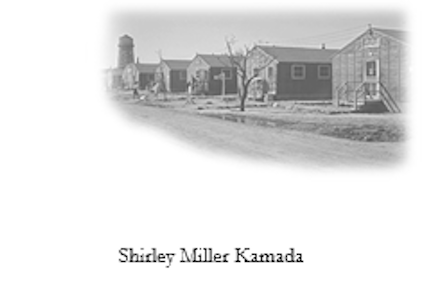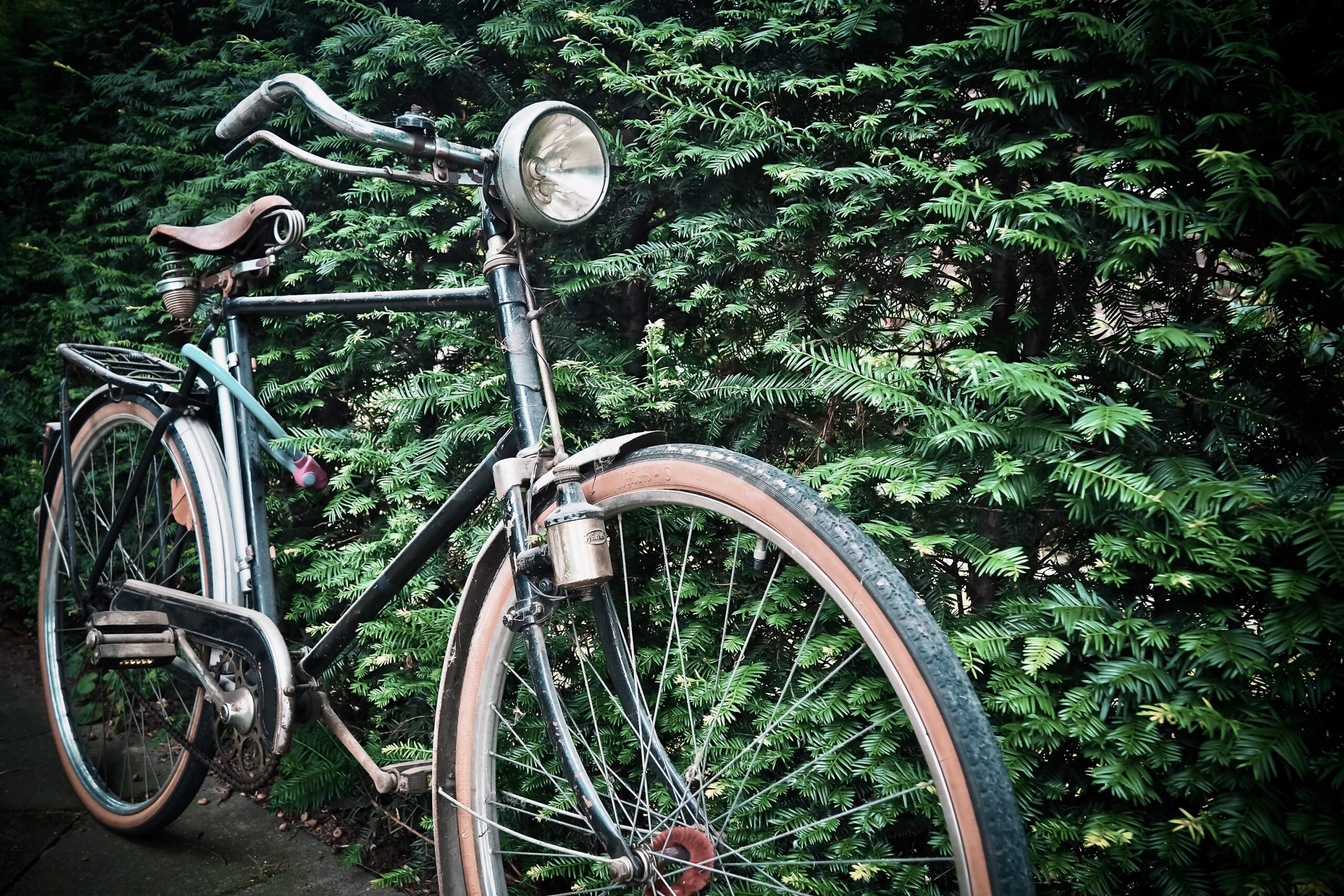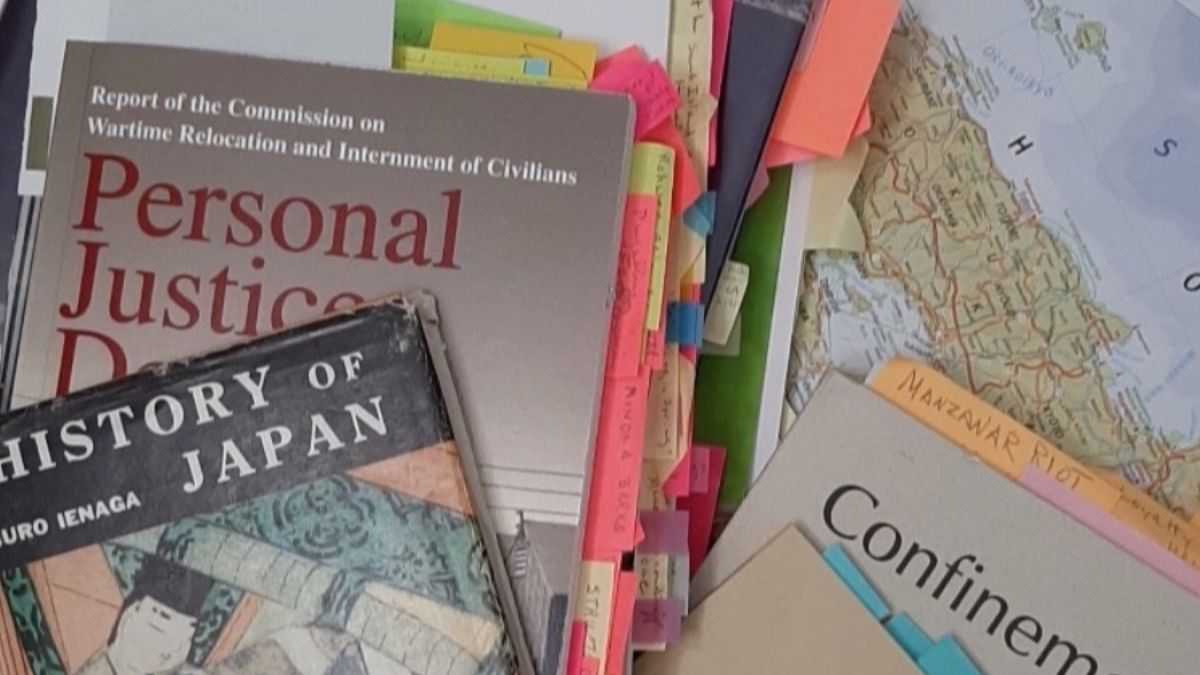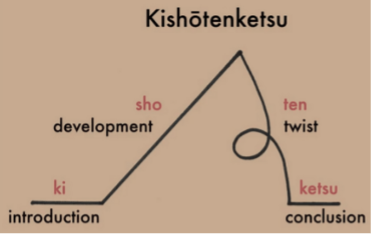Shirley Miller Kamada
Zachary: A Seagoing Cowboy is the endearing story of Zachary Whitlock’s coming-of-age adventure with the Heifer Project, a group of volunteers from the U.S. who are transporting goats to help feed survivors after the bombing of Hiroshima and Nagasaki.
Zachary: A Seagoing Cowboy
Coming August 2025
Zachary Whitlock knows sheep. He knows farming and knows what it’s like to have his best friend forced into an internment camp for Japanese Americans. What he does not know much about is goats and traveling by sea on cargo ships, yet he makes a decision to go with a group of volunteers to Japan to help deliver a herd of more than two hundred goats, many of which are pregnant, to survivors of the U.S. bombing of Hiroshima and Nagasaki. Goats provide much-needed milk and nutrition, and people living in the bombed ruins are sick and hungry. What he also does not know at the age of seventeen, is what it means to be seasick, how to navigate the personalities of seasoned seamen, and how to keep not only goats but himself alive during a typhoon. A fascinating follow-up to NO QUIET WATER, Shirley Miller Kamada’s well-received novel about the WWII internment era, ZACHARY: A SEAGOING COWBOY is a story full of adventure, human connection, and a young man’s coming of age.
Praise for ZACHARY: A SEAGOING COWBOY
In this sequel to NO QUIET WATER, Shirley Miller Kamada once again gently addresses for young readers the injustices of war. Transporting us this time to Japan, Zachary’s goodwill mission brings him face-to-face with the emotional and physical realities of the war’s aftermath. Hats off to Kamada for keeping this history alive.
~Peggy Reiff Miller, Heifer Project historian and author of THE SEAGOING COWBOYS
A powerful coming-of-age tale about a young Quaker boy who sails across the Pacific bringing hope to postwar Japan—but ultimately confronts both the scars of war and the prejudice still lingering not just at home, but on the ocean between the two countries.
~Cam Torrens, bestselling author of the TYLER ZAHN mystery series
Hopeful, heartening, yet searing, Zachary: A Seagoing Cowboy is a gentle poem of a book, illuminating aspects of an era we may think we know well. As she did in No Quiet Water, author Shirley Miller Kamada reminds us the cost of World War II was born not just by the soldiers on the field, but by the civilians caught in the conflagration.
—Pamela Norsworthy, Author of WAR BONDS and THE FLORENTINE ENTANGLEMENT
Attention Book Clubs!
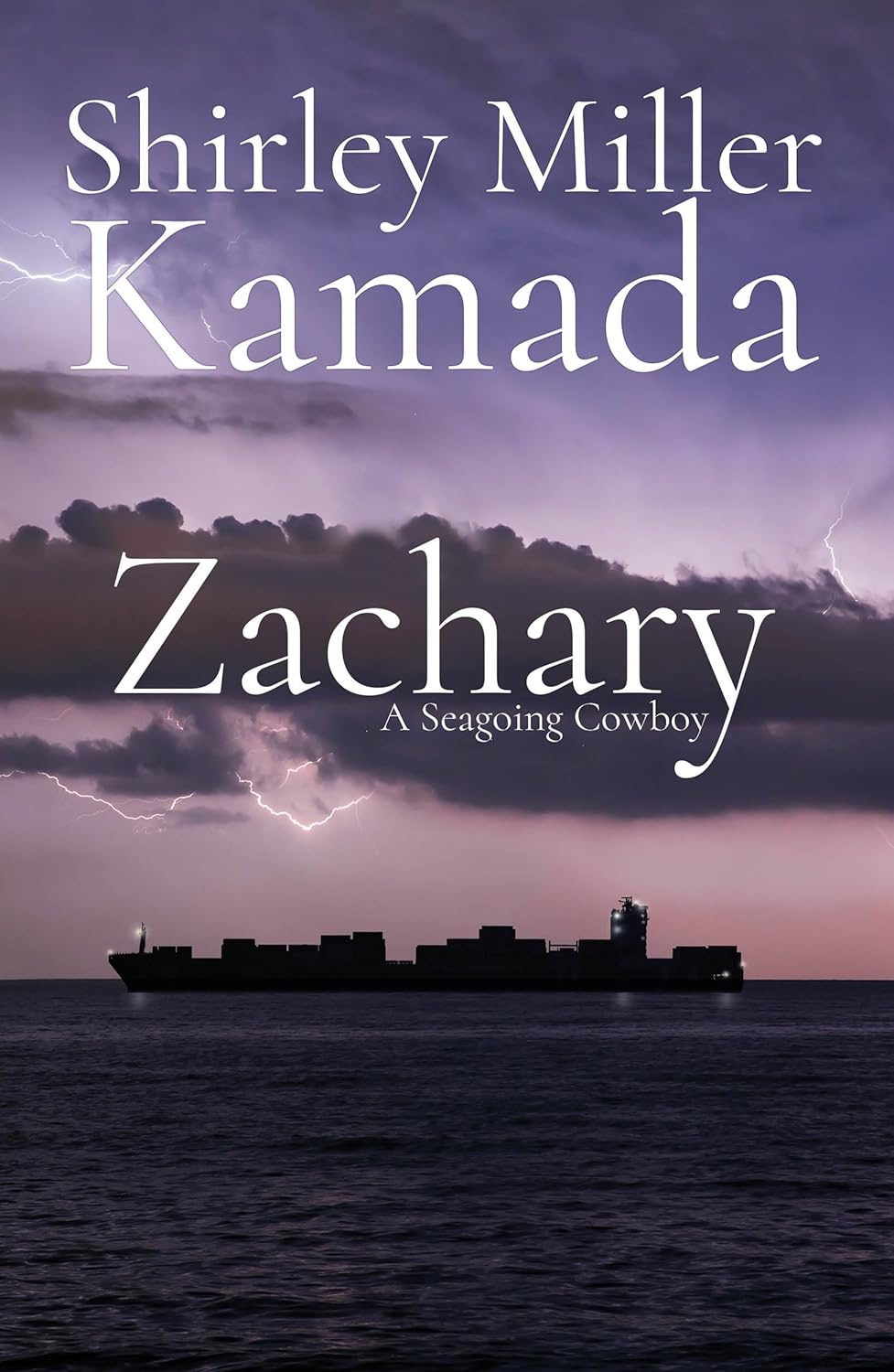
Photo by muratart via Shutterstock
After the U.S. declared war on Japan in 1942, all persons of Japanese descent in the Western U.S. came under suspicion. Curfews are imposed, bank accounts frozen, and FBI agents search homes randomly. Despite the fact that two generations of the Miyota family are American citizens, Fumio and his parents and sister Kimiko must pack meager belongings and are transported under military escort to the California desert to be held at Camp Manzanar, leaving their good friends and neighbors the Whitlocks to care for their farm and their dog Flyer. The family suffers unimaginable insults, witnesses prejudice and violent protests is forced to live in squalor and is provided only poor-quality, unfamiliar food, which makes them ill. Later, they are transferred to Idaho’s Camp Minidoka, where Fumio learns what it means to endure and where he discovers a new world of possibility and belonging. Lyrical, visual, and rendered with strict attention to historical accuracy, NO QUIET WATER shines a poignant light on current issues of racism and radical perspectives.

“With rich, abundant details of what daily life was like inside a U.S. internment camp during World War II, No Quiet Water is a poignant, touching story of an adolescent boy and his loyal dog that travels hundreds of miles to be with him.”
—Alden Hayashi, author of Two Nails, One Love
Stay informed about Shirley’s speaking events and new books.

History with Heart
